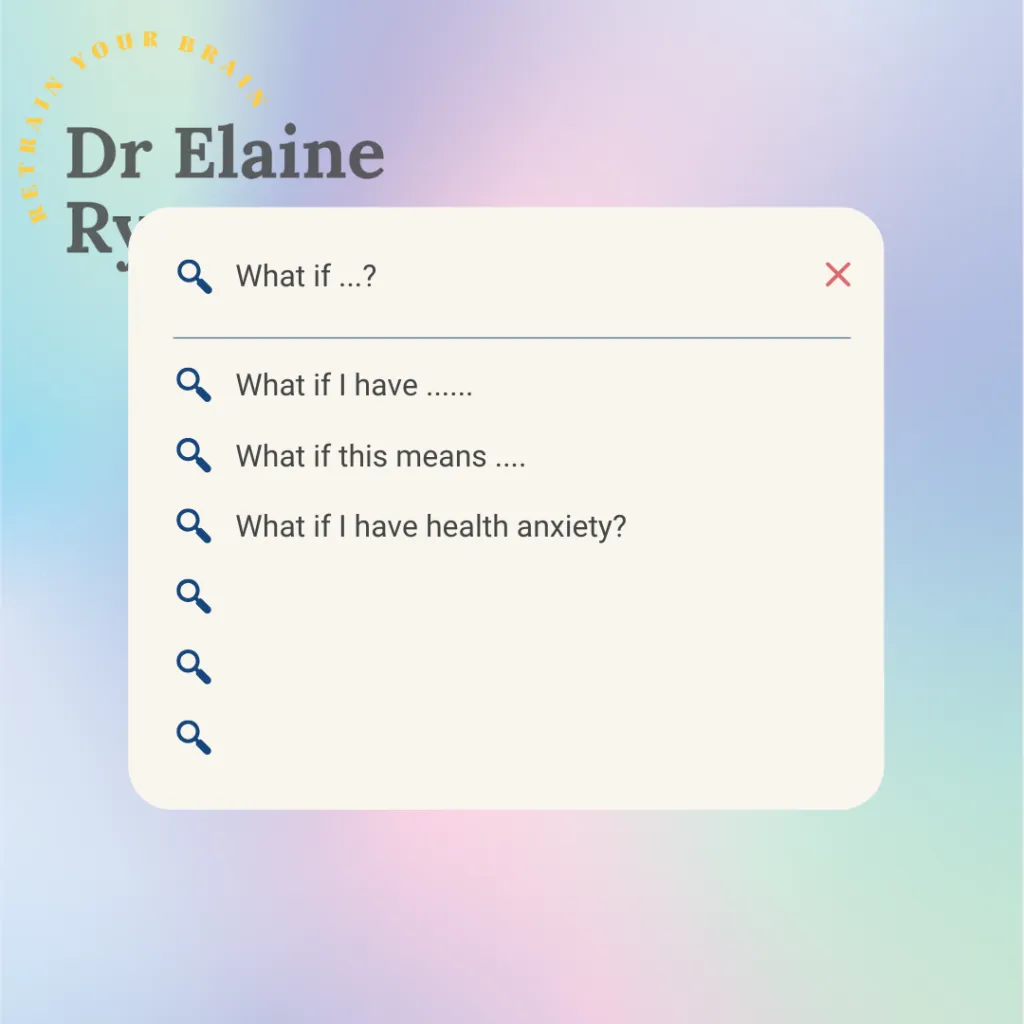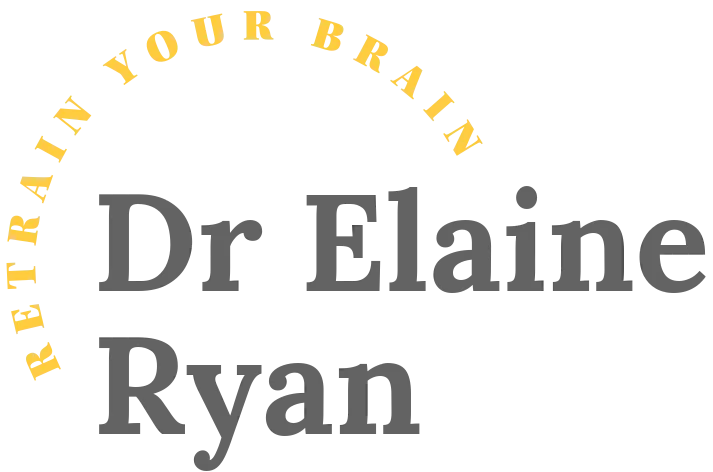Health Anxiety has a lot more to do with your thinking styles and your probability estimates of danger than actual health issues, and I want to talk about one of these styles of thinking in this article; where you overestimate the probability of danger. Learn more about Health Anxiety
Health anxiety relies on many different types of mistakes in your thinking to survive. I’ve already discussed some of the common cognitive distortions of health anxiety that your average CBT therapist might discuss with you, but today I want to turn my attention to some other distortions that are helpful for you to know about; and they centre around all the “what if” questions in health anxiety.
Health Anxiety Self-Help

For example, you feel a slight twinge in your chest and immediately you think What if it’s my heart? What if I’m having a heart attack? These thoughts, together with the sensation feels like a looming threat, and your anxiety spirals. This is probability overestimation in action – a cognitive distortion where we grossly exaggerate the likelihood of a negative event occurring, even when the objective odds are incredibly low. For example, several years ago I worked with a client, who was terrified of developing a brain aneurysm after reading a news article about it. Despite having no family history or risk factors, he became fixated on the idea, constantly monitoring himself for any signs of a headache or dizziness. This fear significantly impacted his quality of life, leading him to avoid activities he once enjoyed.
In health anxiety, this distortion is particularly potent. It’s driven by a combination of factors:
Availability Heuristic: Our brains tend to rely on readily available information when making judgments about probability. Since people with health anxiety often spend a lot of time reading about or hearing about illnesses, these examples become readily available in their minds, leading them to overestimate the likelihood of experiencing those illnesses themselves. It’s also extremely important to note the type of information that is readily available to you. Over all the years that I have been working as a psychologist, I have never met a person with health anxiety that is likely to research minor ailments; rather they tend to research the big diagnoses, for example brain tumours, heart attacks and cancer, so this is the information that is readily available when they are making judgements.
Emotional Reasoning: This is where our feelings dictate our perception of reality. If we feel anxious about a symptom, we assume it must be something serious. The intensity of our fear becomes the evidence, even when logic and reason suggest otherwise. For example, someone with health anxiety might feel a racing heart and immediately conclude they have a heart condition, even though their doctor has assured them it’s simply a symptom of anxiety.
Taming Emotional Reasoning: To combat this, practice labelling your emotions (“I’m feeling anxious right now”) and then separating them from facts (“Just because I feel anxious doesn’t mean I’m actually in danger”). Remind yourself that anxiety can cause physical symptoms that mimic those of serious illnesses. It can also be helpful to engage in activities that reduce your overall anxiety levels, such as exercise, relaxation techniques, or spending time in nature.
Vivid Imagery: Our brains are wired to pay attention to vivid, emotionally charged images. When we worry about an illness, we often conjure up vivid mental pictures of ourselves suffering from that illness. These images, though imaginary, can feel incredibly real and further distort our sense of probability. A client of mine, who was terrified of developing a brain tumour, constantly imagined herself undergoing surgery and losing her hair. These vivid images fuelled her anxiety and made the threat feel much more imminent than it actually was. Paying attention to the bad has a lot to do with what is called the negativity bias and you can learn more about that here.
Confirmation Bias: Once we’ve latched onto a fear, we tend to seek out information that confirms that fear, while ignoring information that contradicts it. This confirmation bias further reinforces our distorted perception of probability. Someone worried about a specific disease might spend hours online searching for symptoms, focusing on any information that aligns with their fear and dismissing anything that suggests a more benign explanation.
Overcoming Confirmation Bias: Challenge yourself to actively seek out information that contradicts your fear. If you’re worried about a specific illness, research the actual prevalence rates and the most common causes. Talk to your doctor about your concerns and get their professional perspective. Also, try to limit your exposure to unreliable sources of information, such as online forums or sensationalized news stories.
How to counteract it
Challenging Probability Overestimation
Breaking free from this distortion requires conscious effort and practice. Here are a few more strategies:
- Fact-Checking: When an anxious thought arises, challenge it with facts and statistics. What are the actual odds of this happening? Consult reliable sources, like your doctor or reputable medical websites, to get accurate information.
- Consider Alternative Explanations: Instead of jumping to the worst-case scenario, brainstorm other, more likely explanations for your symptoms. Could that headache be due to stress or lack of sleep? Could that stomach ache be from something you ate?
- Focus on the Present: Bring your attention back to the present moment. What is happening right now? Are you actually in danger? Often, you’ll find that the present moment is safe and that your worries are focused on hypothetical futures.
By understanding how probability overestimation works and practicing these strategies, you shall become more aware of your thinking style and not only how it affects your anxiety levels but hopefully, be able to interrupt it and counteract the damage.
To learn more about your thinking style and impact on health anxiety please see my CBT for Health anxiety article.
